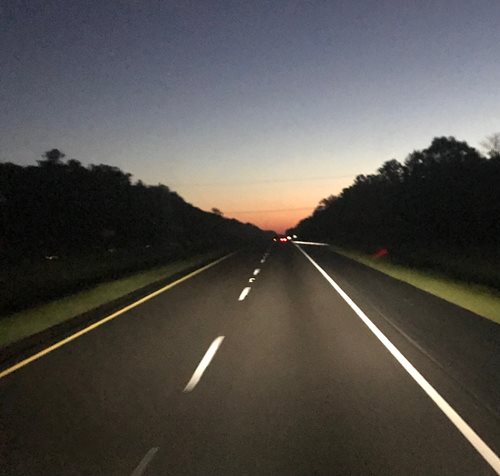
Boundaries are all around us every day. Boundaries are learned at a very young age. Some of the first boundaries are taught to us by our parents. We are taught if we cross a line there will be consequences. Examples of crossing the line would be things like not behaving, not doing our chores, talking disrespectfully, bad attitude, not following instructions and the list goes on and on.
When we start to go to school there are more boundaries to stay within. I still remember one of the earliest rules in school was to not run down the hallway. I was an energetic young lad and learned that if I was observed by a teacher running down the hall there would be a delay in my forward progress. The penalty for a student who was caught running in the hall was to walk back to the end of the hall and retrace your path at a walking pace. The punishment of having to go back and walk was very fitting for the crime because all of the time saved by running was eradicated.
As you get older there are more and more boundaries to stay within. When a person turns fifteen years old they can get a learner’s permit to drive. To get a learner’s permit you must first pass a written examination and upon receiving your permit you can only drive when accompanied by a licensed parent or guardian. After you pass your driving test there are typically many restrictions on how many people and of what age can get in the car along with curfews as to when you can drive. Most of these boundaries fade away with your eighteenth birthday with the exception of not being allowed to drive or attain a commercial driver’s license.
One of the first boundaries we encounter as we drive is the lines on the road. The lines on the road are there to keep us in our own lane, inform us when to be in a legal passing zone, where to turn, and in general move traffic in an orderly fashion. Roadsigns, reflectors, guard rails, and traffic lights create the rest of the boundaries of the highway.
The vehicle a person drives on the road also has boundaries to stay within in order to be legal to drive. Tread depth, working brakes, turn signals, brake lights, tail lights, headlights along with a license plate and minimum liability insurance requirements must be had in order to drive any motorized vehicle on the road.
Boundaries come in many forms as you get older and get your first paying job. Typically you have an employee handbook that establishes the rules/guidelines/boundaries needed to be observed to remain employed at the business.
Of course, a person can work for themselves and be free to do whatever they please and live with fewer boundaries. In the trucking industry, it’s relativity easy to get your own operating authority. With your own operating authority, you are free from many of the boundaries that a company driver, lease purchase owner-operator or a leased on owner-operator is restricted by.
As an independent owner-operator in the trucking industry, you are free to make many more decisions. It becomes important to establish your own boundaries in order to have a successful trucking business. Remember, free to do whatever you want also means you are free to fail as a business owner. You are free to purchase efficient equipment to enhance your profits or you can let your ego entice you to buy equipment that will cost you too much to operate profitably. This is why I always tell people to leave the driver at home and be a business owner first when specing out or choosing used equipment to use in your business.
It’s also important to set up boundaries as to how much time you take off from work as a business owner. Setting up a limit as to how much time you will sit and wait for the “perfect” load is also an important boundary to establish along with how far you are willing to deadhead empty to get back into the revenue stream.
In the end, there are many boundaries we must abide within if we want to have a safe, profitable, and rewarding career and life. Boundaries, there is no escape from them.